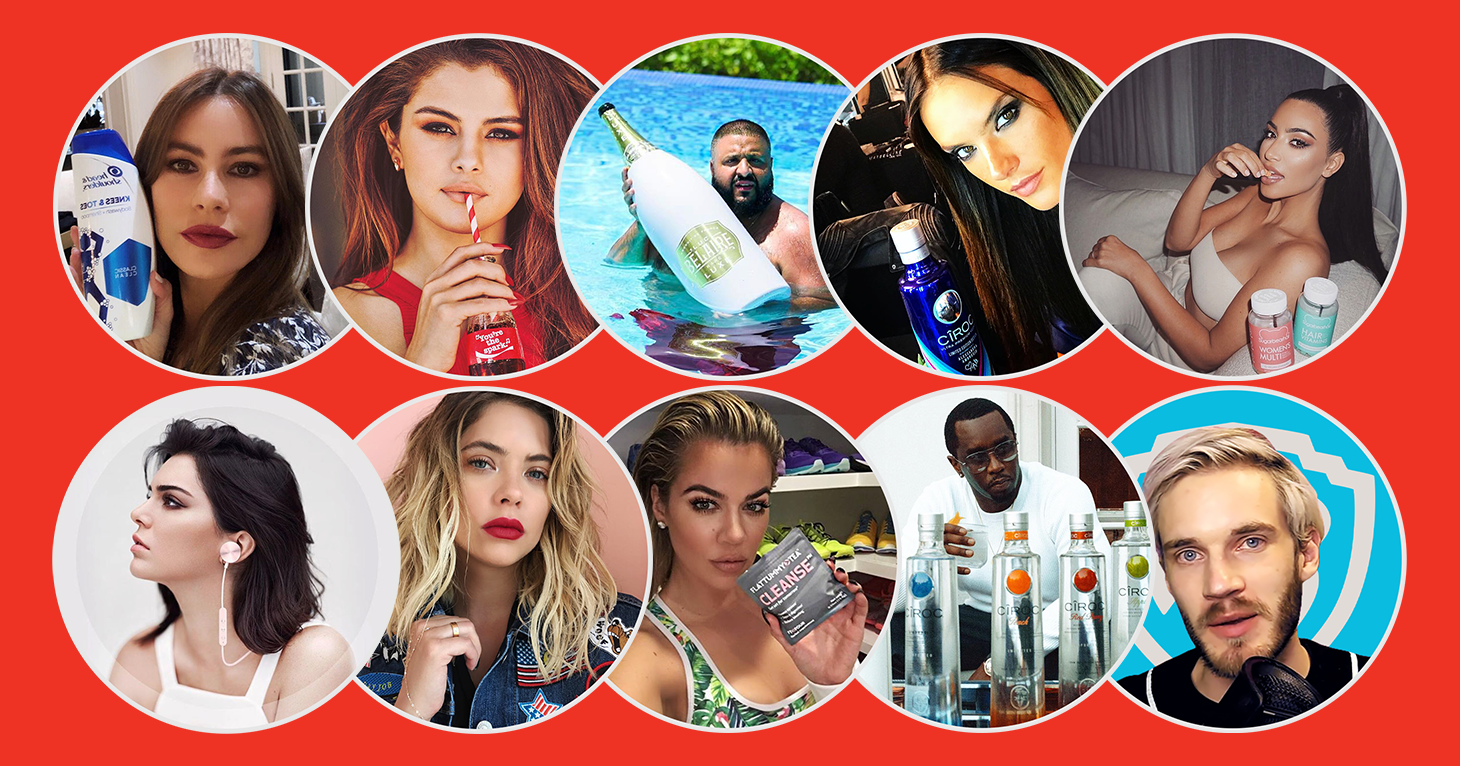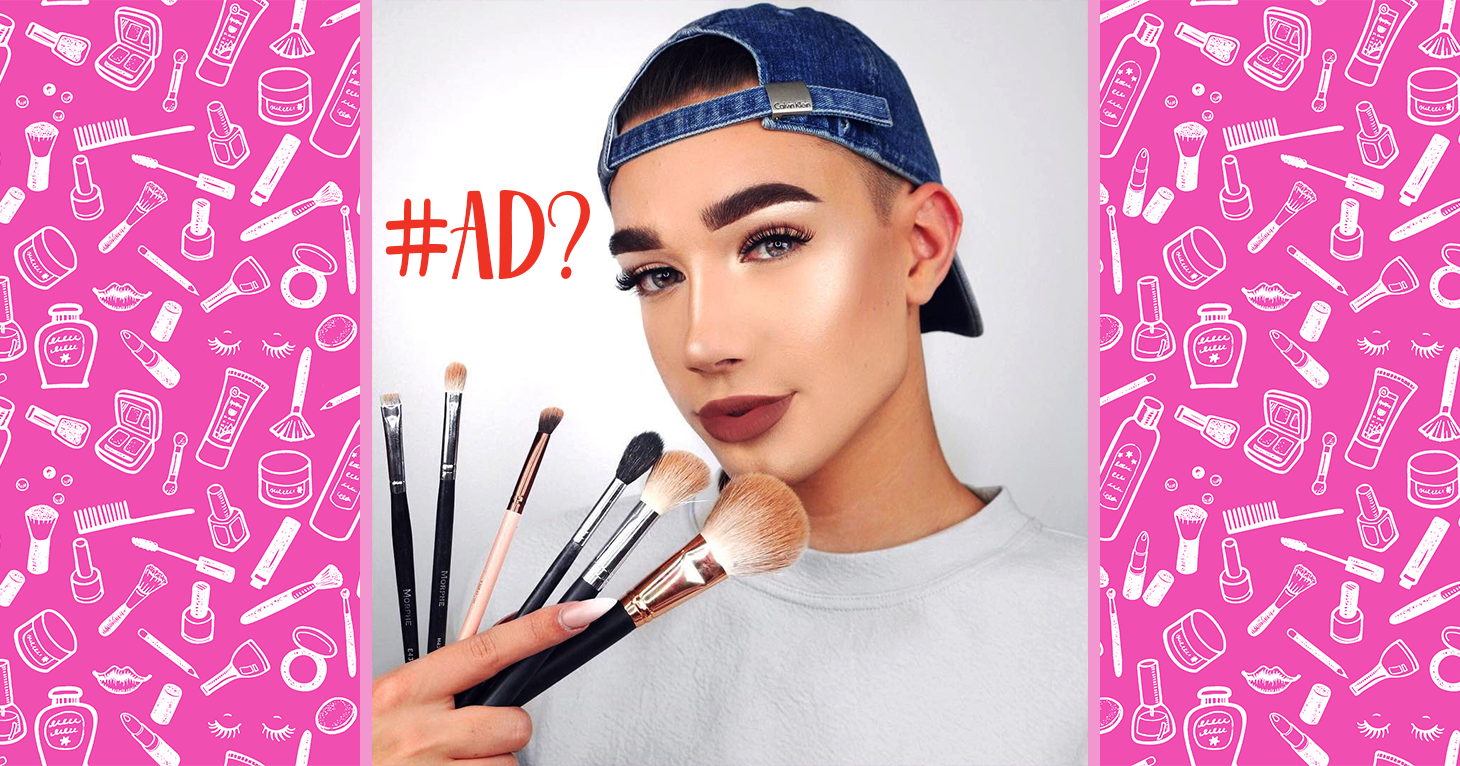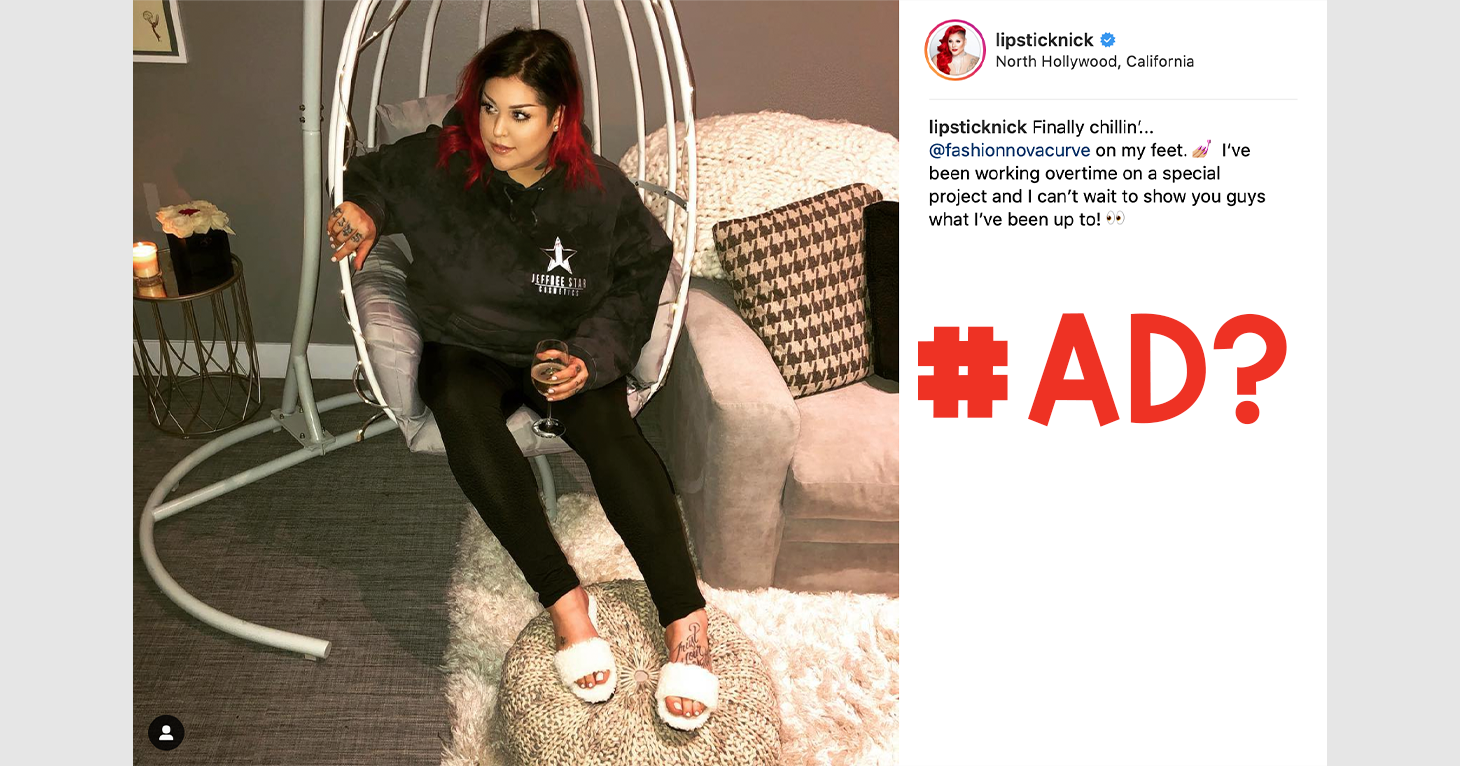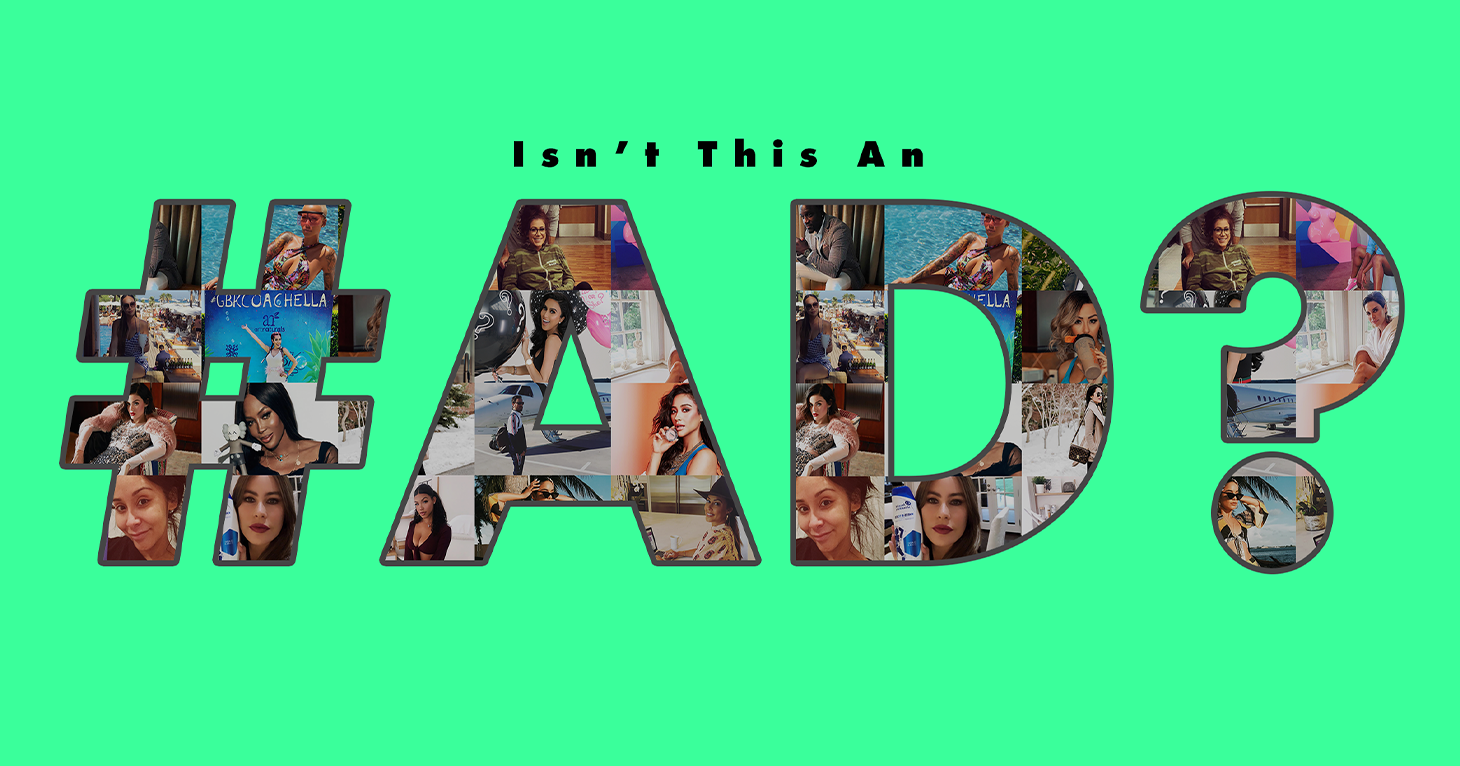
TINA.org’s Social Media Influencers Actions
A review of TINA.org’s work exposing deceptive marketing tactics by social media influencers.
Influencer gets FTC rules on disclosure wrong.
YouTube sensation James Charles, who has more than 8 million subscribers on the platform, wants you to know that there’s nothing wrong with what he’s doing.
“There’s nothing wrong with doing sponsorships,” Charles says in the below YouTube video, in which the 19-year-old makeup guru goes on a tirade about the “downfall of the beauty industry” as he and a guest put on product from a recent trip to Sephora.
However, there is something wrong with how Charles seems to interpret the rules on disclosing sponsorships. Last week, in response to a Twitter user who claimed Charles had not properly disclosed the sponsored content in the YouTube post, he defended his disclosures thusly:
ALL my videos on my [YouTube] channel up until 2 months ago had disclosures in the description, but I changed the default text that I used for my videos and apparently forgot to keep it in. Just added it back in now.
The new default text reads: “The above are all affiliate discount codes you may use if you want to save money! I DO make money every time you use my code.”
But it’s less what the disclosure says than where it is located that’s the issue. The FTC, whose endorsement guidelines are the rules that influencers and brands would be wise to follow, has repeatedly said that the disclosure of a material connection between a brand and an influencer in a social media post should not be made “below the fold.”
In fact, in 2016, the FTC filed a deceptive advertising complaint against Warner Bros. that alleged the company instructed influencers that it paid thousands of dollars to promote a video game on YouTube to bury that fact in the description box. “Because Warner Bros. also required other information to be placed in that box,” the FTC said in a press release, “the vast majority of sponsorship disclosures appeared ‘below the fold,’ visible only if consumers clicked on the ‘Show More’ button in the description box.”
That’s not conspicuous, which is what the FTC requires of such disclosures (along that they be easy to understand). Yet the hidden “Show More” section of the description box is where we find Charles placing his disclosure regarding products from Morphe makeup, Lilly lashes and Laura’s Boutique, among others, in the YouTube post.
The irony in all this is that Charles says in the video that “influencers need to be more honest and they need to be very open when they’re doing sponsorships.”
We couldn’t agree more.
Find more of our coverage on influencer marketing here.
A review of TINA.org’s work exposing deceptive marketing tactics by social media influencers.
Makeup artist and beauty influencer Lipsticknick needs to “make up” her mind about proper disclosure.
TINA.org finds 95 percent of social media influencers previously put on notice by the FTC breaking the law.


